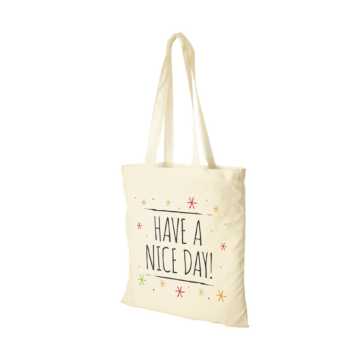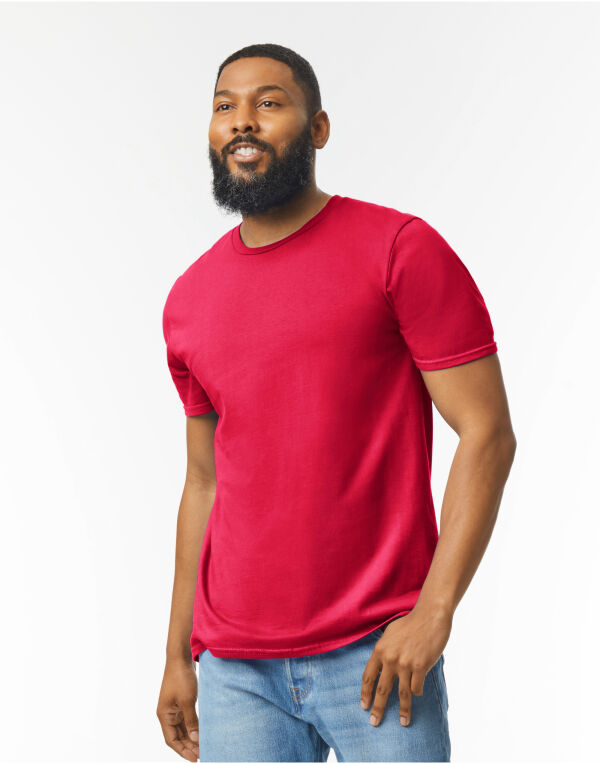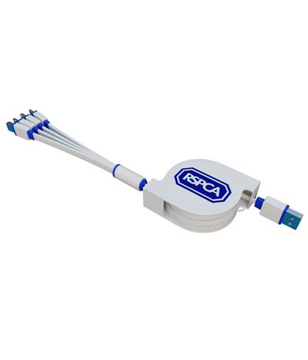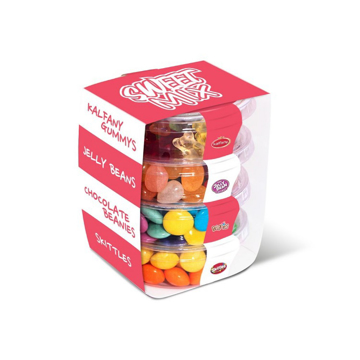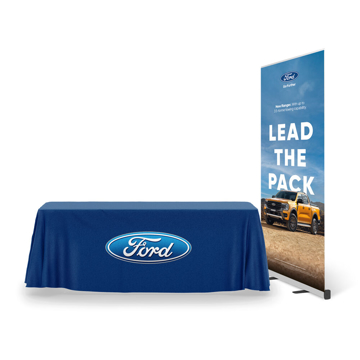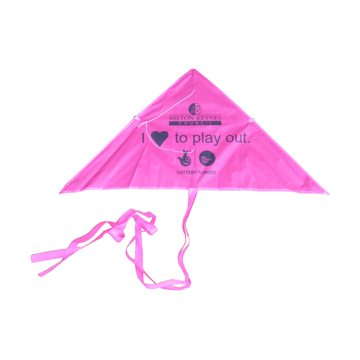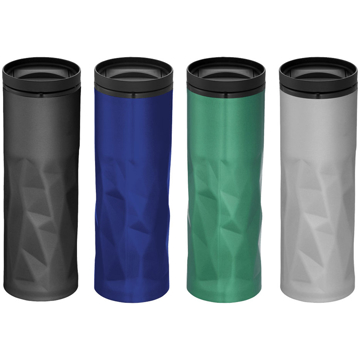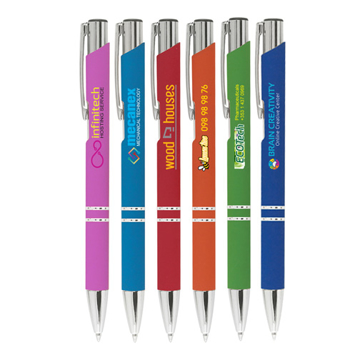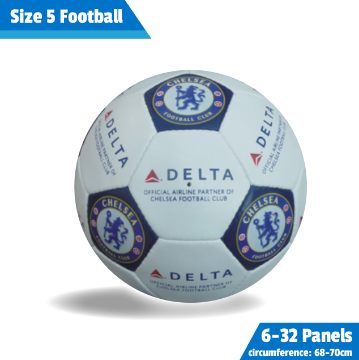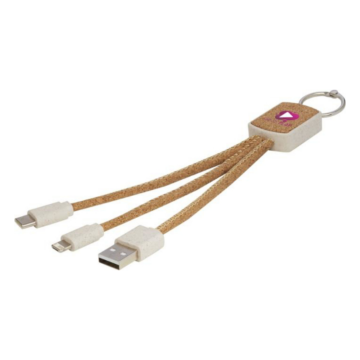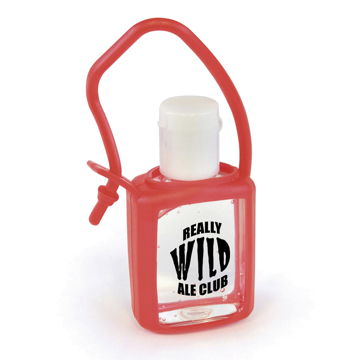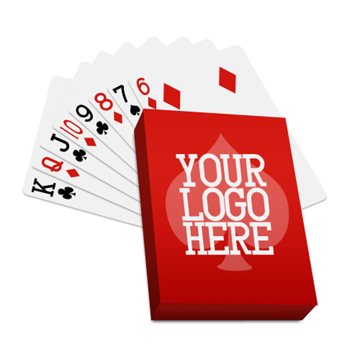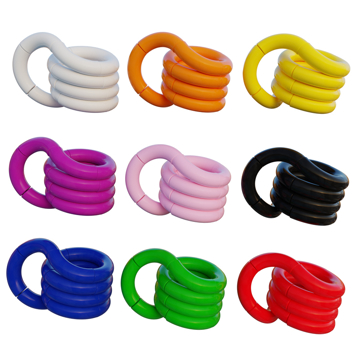FAQs
What Are Your Payment Conditions?
Payment required in advance for all new clients. Credit accounts available for subsequent orders, on completion of application and subject to credit checks. Maximum credit given strictly 30 days.
What Are Your Payment Methods?
Payment can be made by cheque, BACS, debit card or credit card. We accept all major credit cards. We can only accept credit card transactions up to £1000.
Do You Supply Products That Aren’t On Your Website?
We have trading partners all over the world so we offer a free sourcing service. Please contact our experienced staff through the website, email or telephone who will be happy to assist in the search for your ideal product.
Will I See How My Order Is Going To Look?
We will be happy to supply a proof sheet or mock up based on the description and artwork supplied by you. We will also be happy to amend or correct these images until you are satisfied and ready to place the order.
What does Origination mean?
Origination put simply is the process of making the printing plate and setting up a machine to print your design or artwork. It is a one off payment. Quite often it is reduced on repeat orders or free of charge depending on the product.
Lead Times?
All our products have different lead times and are subject to final artwork approval. Seasonal demand and stock availability can also effect lead times. We do offer a range of express items please contact one of our sales team for more details.
Colour Reproduction.
Most corporate guidelines will have specific pantone colours that must be used on all printed materials. If this can’t be supplied, we will find the closest possible pantone equivalent to the colours used in the submitted artwork. As computer monitors do not display colours all the same and materials have different print qualities it is impossible to get a 100% match.
Delivery Times
Please inform our sales team of deadlines before orders are placed. Delivery dates are subject to stock availability and production times. Delivery dates are fixed upon final artwork approval.
What Are Minimum Order Quantities?
Minimum order quantity is simply the smallest print run for a product that is also an attractive price to the customer. Orders below minimum can usually be accommodated but will incur additional cost.
How Should I Provide Artwork?
Artwork is best provided in a vectored EPS or PDF format with Pantone colours. But we will be happy to provide or amend artwork for you based on your description.
What Does Vectored .eps or .pdf Mean?
Standard images are grids of pixels, each pixel has a value or colour. Vectored images are formed by plotting paths between points or coordinates. This means that a vectored image can be resized without pixilation or distortion.
What If I Don’t Have Artwork In This Format?
No problem, we can re-draw or vectorize your logo at cost. Please call for more information.
Embroidery?
Embroidery is the process of stitching a design onto a fabric. This is often preferred over printing onto fabrics as this can give a higher quality finish and ensures that the artwork doesn’t degrade after washing.
What Is Screen Printing?
Screen printing is the process changing vectored images into a template. The template is laid onto a screen. Ink or pigment is then forced through fine mesh of the screen onto the surface of the product. This process can only do one colour at a time. Multiple colours can be printed. There will be a set up charge per colour or origination charge.
What Is Pad Printing?
Pad printing is the process of printing your artwork onto objects via an ink transfer system. A plate holds the ink in the pattern of the artwork, then a silicone pad is brought down onto the plate - lifting the top layer of the ink which has become tacky. Once the pad has ink it then deposits the ink onto the desired surface, as the ink is already tacky it dries quickly. Multiple colours can be printed. There will be a set up charge per colour or origination charge.
What Is Four Colour Process?
Four colour process printing is the method used for printing images with more than three base colours. Images are broken down into to the four CYMK colours. Individual colour plates are then created from these digital images. This allows the printer much greater control over the whole process. By careful dot alignment the original artwork is recreated. Transfer Prints and Paper Inserts are ideal for this process.
Embossing or Blocking?
Embossing is the process of creating your artwork in relief on a surface using heat and pressure. It is a highly tactile effect. Blocking is the process of using a stamp to leave an indented mark on a material (usually leather). Commonly used with a gold foil effect.
Engraving?
Engraving is the process of creating your logo by cutting into the surface of hard objects. This is a very effective branding method as the logo will not wear away. Laser engraving has become more popular as it is a fast way of achieving similar effects.
Transfer Printing?
Transfer printing is mainly used when applying an image to a curved or uneven surface. It is most commonly used for printing on ceramics such as pottery mugs and heavy fabrics with a textured surface.
The image is prepared on a special paper which is placed on the object in its unglazed state. After its initial firing to transfer the image to the object; the object is then glazed and fired again to make the image permanent. Seeing as there are a great number of steps to be taken, transfer printing is the most expensive and time consuming of most of the print methods.
Dye-sublimation Printing?
A dye-sublimation print employs a printing process that uses heat to transfer dye onto a medium such as a plastic card, paper or fabric. The sublimation name is applied because the dye transitions between the solid and gas states without going through a liquid stage and is mainly used for producing photographic prints.
Most of the time CMYO (cyan, magenta, yellow and overcoating) colors are used, which differs from the more recognized CMYK colors in that the black dye is eliminated in favour of a clear overcoating. This overcoating is also stored on the ribbon and is effectively a thin laminate which protects the print from discoloration from UV light and the air, while also rendering the print water-resistant.
Need Your Goods In A Hurry?
Our experienced staff will suggest products relevant to your needs that can be produced on a express service.
What is our Quality Policy?
We have established this quality policy to be consistent with the purpose and context of our organization. It provides a framework for the setting and review of objectives in addition to our commitment to satisfy applicable customers’, regulatory and legislative requirements as well as our commitment to continually improve our management system.
Customer focus: As an organization we have made a commitment to understand our current and future customers’ needs; meet their requirements and strive to exceed their expectations.
Leadership: Our Top Management have committed to creating and maintaining a working environment in which people become fully involved in achieving our objectives.
Engagement of people: As an organization we recognise that people are the essence of any good business and that their full involvement enables their abilities to be used for our benefit.
Process approach: As an organization we understand that a desired result is achieved more efficiently when activities and related resources are managed as a process or series of interconnected processes.
Improvement: We have committed to achieving continual improvement across all aspects of our quality management system; it is one of our main annual objectives.
Evidence-based decision making: As an organization we have committed to only make decisions relating to our QMS following an analysis of relevant data and information.
Relationship management: AMT Marketing Ltd recognises that an organization and the relationship it has with its external providers are interdependent and a mutually beneficial relationship enhances the ability of both to create value.
Our policy is also to meet the requirements of other interested parties and in meeting our social, environmental, charitable, regulatory and legislative responsibilities.
We have produced quality objectives which relate to this policy and they can be found in document R03 Quality Objectives.
This policy is available to all interested parties as well as being made available to the wider community through publication on our Website and our Company Noticeboard.
Correct as of November 2019
What is the Scope of Our Management System?
AMT Marketing Ltd, located near Guildford, England are Specialists in Corporate and Promotional Merchandise for Customers around the World. AMT Marketing Ltd have concluded clause 7.1.5 is not applicable as there is no requirement for monitoring and measuring resources. All other requirements of the standard are within the scope of this management system.


